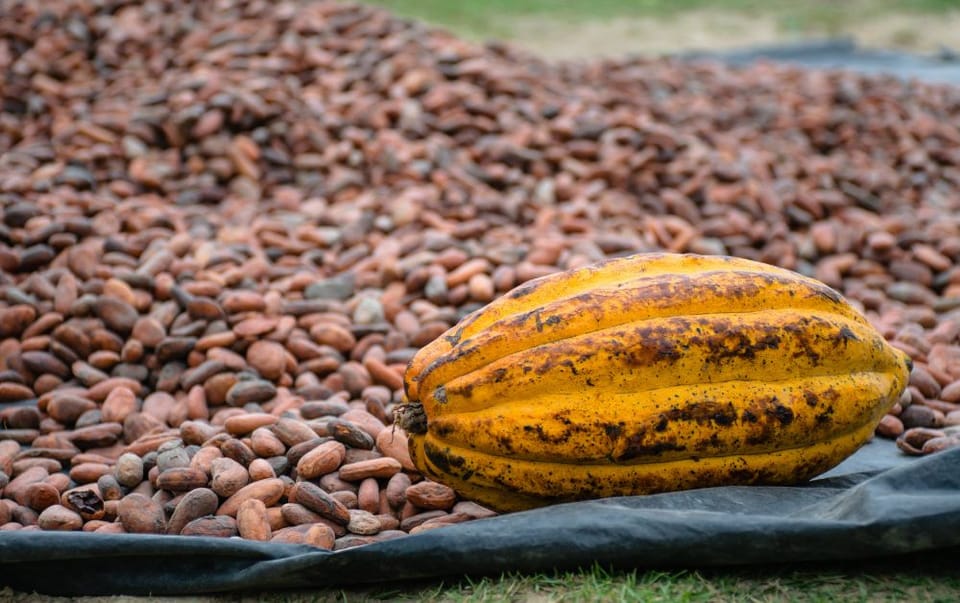Latin American Farmers Join the Cocoa Rush, FT Reports

Cocoa farmers in Latin America are rapidly expanding their operations as prices for the key ingredient in chocolate hit record highs due to a global supply shortage, according to a report by the Financial Times.
The report highlights the surge in cocoa planting in countries such as Ecuador, Brazil, Peru, and Colombia, where farmers are scrambling to acquire seedlings and increase the area dedicated to cocoa cultivation.
"It's not just Ecuador. We've seen significant growth in Peru, we've seen it in Colombia, Brazil," said Paul Hutchinson of Olam Food Ingredients to Financial Times. "Everybody wants to get involved with growing cocoa."
The cocoa price spike has been driven by a combination of factors, including crop disease and adverse weather conditions in West Africa, the source of two-thirds of the world's cocoa beans. As demand for chocolate grows in emerging markets and consumers in wealthy countries seek premium products, the supply shortage has pushed prices to record levels.
Read More: Cocoa Futures Hit Record High Amidst Processing Surge
In Ecuador, the country's cocoa exporters' association estimates that the total planted area for cocoa will surpass 600,000 hectares this year, up from 500,000 last year. Farmers in the country are encouraged by the high prices, which allow them to keep a significant share of the profits.
"More than 80 per cent of the price of [the crop] stays with the producer, and that is important as it means that the majority of the boom reaches the producer directly," said Edgar Zambrano, a cocoa grower in Ecuador, to the Financial Times.
In contrast to farmers in West Africa, who are often smallholders with limited resources and aging trees, cocoa farming in Latin America is more industrialized, with large-scale plantations using disease-resistant hybrid seeds and advanced irrigation and pest control techniques. This results in significantly higher yields.
However, the Financial Times report also notes that the cocoa boom in Latin America may not be sustainable in the long term. It takes several years for cocoa plants to bear fruit, and by the time production increases, the market may be oversupplied, leading to lower prices.